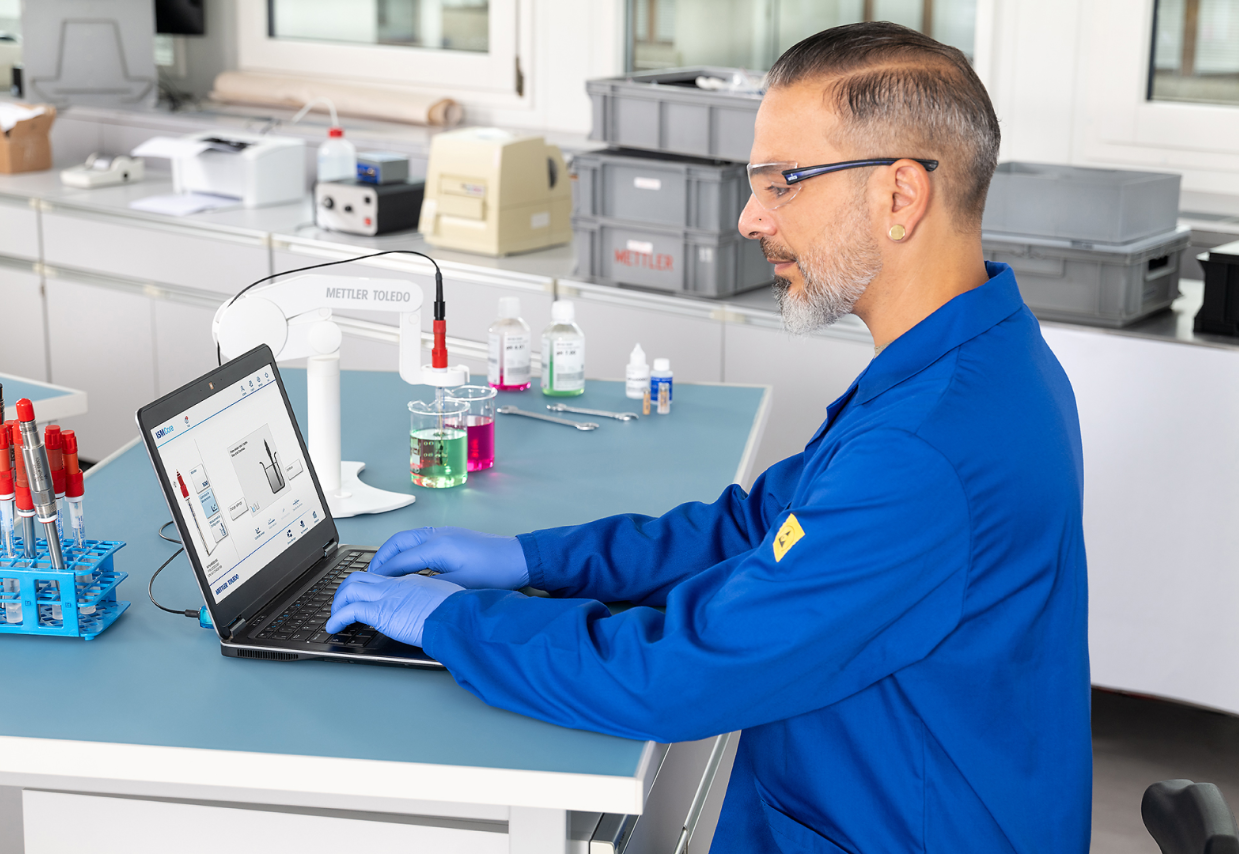Compared with the on-line measurements available for other parameters required by pharmacopeia regulations, bioburden analysis by plate counting can delay your process significantly. These laboratory-based methods have been around for over a century, and the procedure hasn't changed much. A water sample is left on an agar plate for five days or longer, and then the number of colony forming units (CFUs) is counted. Not only is the method slow, but it only provides a snapshot of the system's water quality at the time the sample was taken.
With an online water bioburden analyzer, in-line detection is quicker than lab methods; therefore, you can more quickly make a change to your process when there is an unexpected increase to the bioburden in the water. This provides continuous data in real time to provide a complete picture of the bioburden load in water systems.
METTLER TOLEDO recommends using a bioburden analyzer in conjunction with plate counting, not as a replacement for place counting.









